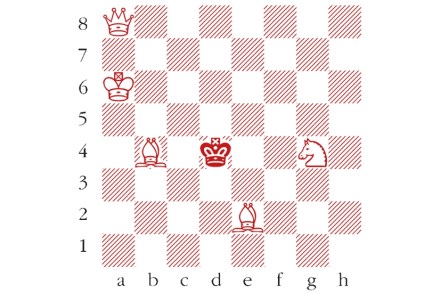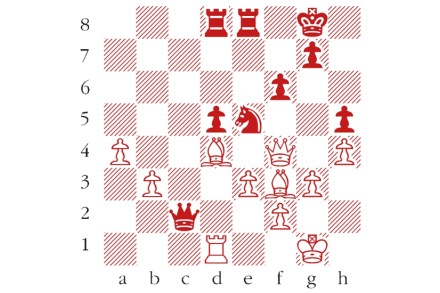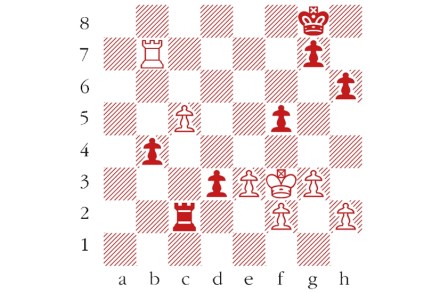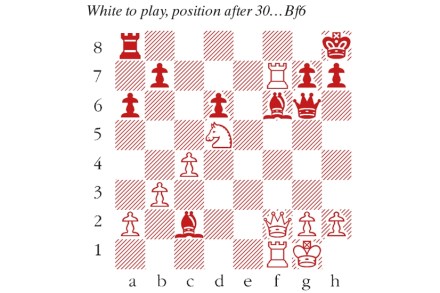No. 655
White to play, Kharlov–Ernst, Haninge 1992. Black’s last move, g6-g5 was a decisive mistake. Which move did White play to exploit it? Answers should be emailed to chess@spectator.co.uk by Monday 31 May. There is a prize of £20 for the first correct answer out of a hat. Please include a postal address and allow six




















